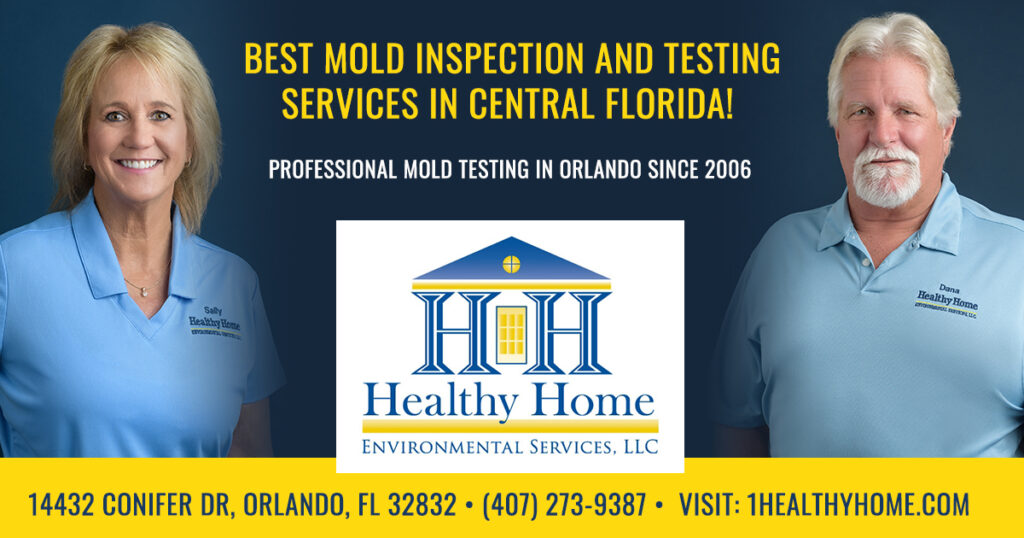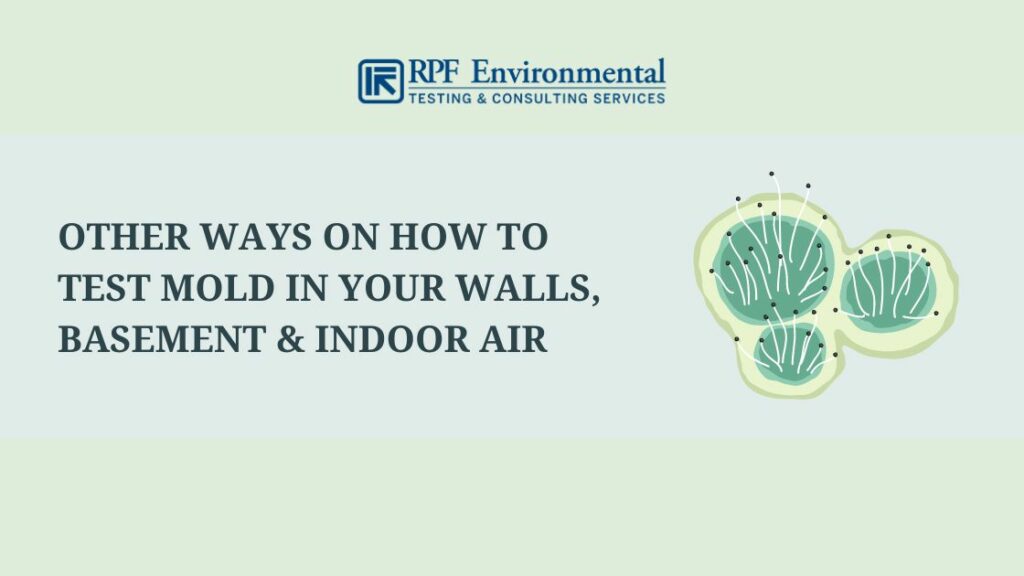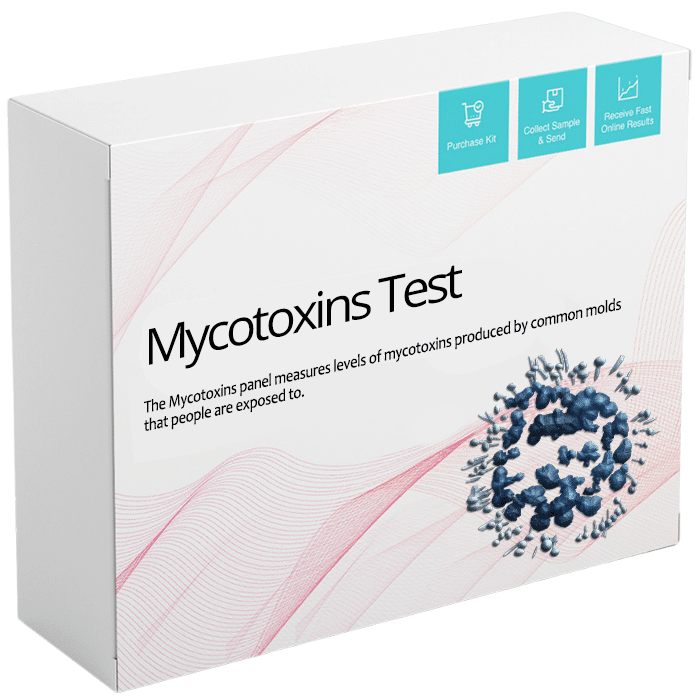Exactly How Mycotoxin Screening Assists Avoid Contamination and Secure Food Supplies

Mycotoxin screening is an essential technique in the food market, functioning as a frontline defense versus contamination by dangerous contaminants generated by mold and mildews. Via the application of innovative methods like High-Performance Fluid Chromatography (HPLC) and Liquid Chromatography-Mass Spectrometry (LC-MS), food producers can precisely find and quantify mycotoxin levels in agricultural items. This proactive technique not only guarantees compliance with strict safety policies yet also mitigates health and wellness risks to customers. Additionally, routine screening strengthens brand online reputation and monetary wellness by reducing contamination-related occurrences. So, exactly how specifically do these testing protocols integrate right into the wider food safety strategy?
Comprehending Mycotoxins
Understanding mycotoxins begins with recognizing that they are hazardous additional metabolites produced by certain molds, which can contaminate farming products. These metabolites are not essential for the development or recreation of the fungi however can have extreme implications for human and animal health and wellness. Mycotoxins are commonly discovered in staple crops such as corn, wheat, barley, and nuts, where they can proliferate under certain conditions of wetness and temperature.
There are a number of kinds of mycotoxins, each created by different fungal species. Fusarium types produce trichothecenes and fumonisins, both of which are connected with various intense and chronic health and wellness concerns.

Risks of Mycotoxin Contamination
The dangers of mycotoxin contamination are multifaceted, posturing substantial hazards to both food security and public health and wellness. Mycotoxins, hazardous substances created by certain sorts of fungis, can contaminate a wide variety of agricultural products consisting of grains, nuts, spices, dried fruits, and coffee. As soon as these contaminants penetrate the food supply, they can result in severe wellness concerns such as liver damage, kidney failure, and even cancer cells. Prone populations, consisting of youngsters, the senior, and immunocompromised people, are especially in jeopardy.
Economic influences are another major issue. Polluted plants can lead to significant financial losses for farmers and food manufacturers because of minimized yields and the need for pricey purification steps. Global trade can be significantly prevented as countries apply stringent mycotoxin regulations to secure their populations, leading to rejected deliveries and stretched profession connections.
Environmental variables such as climate change exacerbate the danger of mycotoxin contamination. Variants in temperature and moisture can create beneficial conditions for fungal development, enhancing the chance of contamination occasions. Hence, understanding and reducing these risks are vital for making certain the security and stability of global food supplies.
Techniques of Mycotoxin Testing
Properly recognizing mycotoxin contamination in agricultural products is vital for safeguarding public wellness and keeping food safety and security requirements. Different approaches are employed to detect and measure mycotoxins, each offering details advantages and constraints.
High-Performance Fluid Chromatography (HPLC) is a widely utilized technique due to its high level of sensitivity and accuracy. It involves separating mycotoxins from other compounds in an example, making it possible for precise quantification. In A Similar Way, Liquid Chromatography-Mass Spectrometry (LC-MS) integrates fluid chromatography with mass spectrometry to provide detailed molecular information, making it particularly beneficial wikipedia reference for determining several mycotoxins all at once - Mycotoxin testing Services.

Gas Chromatography-Mass Spectrometry (GC-MS) and Thin-Layer Chromatography (TENDER LOVING CARE) are also employed, each with unique applications. GC-MS works for unstable mycotoxins, while TLC provides an easier, cost-effective option for preliminary testing.
Benefits of Regular Evaluating
Regular screening for mycotoxins in agricultural products uses various advantages, significantly adding to public wellness and food safety and security. By recognizing contamination early, routine screening assists stop the distribution of toxic foods, thus reducing the risk of mycotoxin-related health problems among consumers. This positive approach not only safeguards human health yet additionally improves the total top quality of food materials.
Various nations and areas have actually established strict limits for mycotoxin degrees in food and feed. Adhering to these limits with normal screening makes certain that producers and providers fulfill legal criteria, therefore staying clear of fines and trade obstacles.
In addition, regular mycotoxin testing can bring about substantial financial benefits. Early discovery of contamination permits timely treatment, minimizing possible losses from prevalent contamination. Applying routine screening protocols can also decrease recall expenses and relevant responsibilities, which can be financially devastating.
Furthermore, routine screening provides important information that can inform far better farming techniques and storage space conditions. By recognizing patterns of contamination, producers can take on safety nets, thus lowering future dangers and contributing to the sustainability of the food supply chain.
Executing Testing Procedures
Carrying out reliable mycotoxin screening protocols is vital for guaranteeing the safety and high quality of agricultural products. Each stage should be inspected to pinpoint where mycotoxin contamination is most likely to take place.
As soon as important control points are identified, selecting proper screening methods is important. Common techniques consist of enzyme-linked immunosorbent assay (ELISA), high-performance fluid chromatography (HPLC), and mass spectrometry (MS) Each approach has its staminas and weaknesses; hence, choosing the proper one depends on the particular mycotoxin being evaluated, the called for level of sensitivity, and available resources.

Lastly, incorporating the testing protocols into official site a detailed food safety administration system is a good idea. This enhances traceability and allows swift restorative activities when contamination is discovered, thereby guarding the integrity of the food supply chain.
Conclusion
Mycotoxin screening is vital in stopping contamination and safeguarding food products by allowing very early discovery of damaging contaminants generated by molds in agricultural items. Advanced approaches such as HPLC and LC-MS ensure conformity with safety guidelines and safeguard customers from wellness dangers. Normal screening enhances brand name credibility, economic security, and rely on food security by lessening contamination-related losses and maintaining high criteria in food manufacturing. Applying extensive testing procedures is thus critical for the market's general wellness.
Mycotoxin testing is an indispensable technique in the food market, serving as a frontline protection versus contamination by damaging toxins produced by mold and mildews. An integrated technique entailing agricultural techniques, storage space monitoring, and routine testing can mitigate the dangers connected with mycotoxin contamination, guaranteeing food safety and security and public health.
The risks of mycotoxin contamination are complex, additional info posing significant threats to both food safety and public wellness.Normal screening for mycotoxins in agricultural products provides countless advantages, significantly adding to public wellness and food safety.Mycotoxin testing is crucial in stopping contamination and securing food materials by enabling very early discovery of unsafe toxic substances produced by mold and mildews in agricultural products.